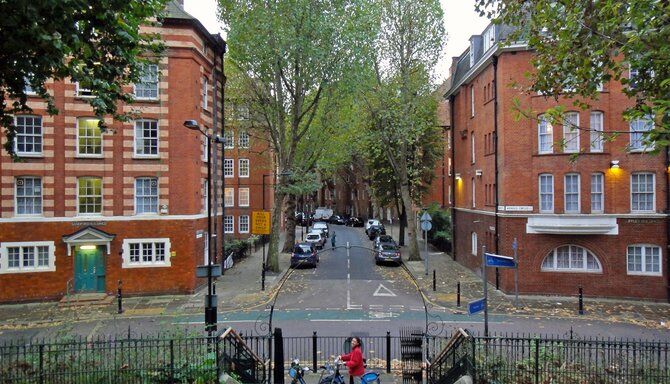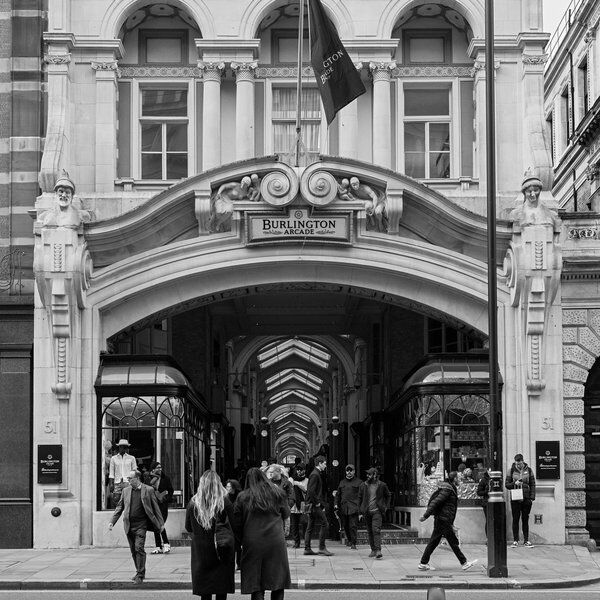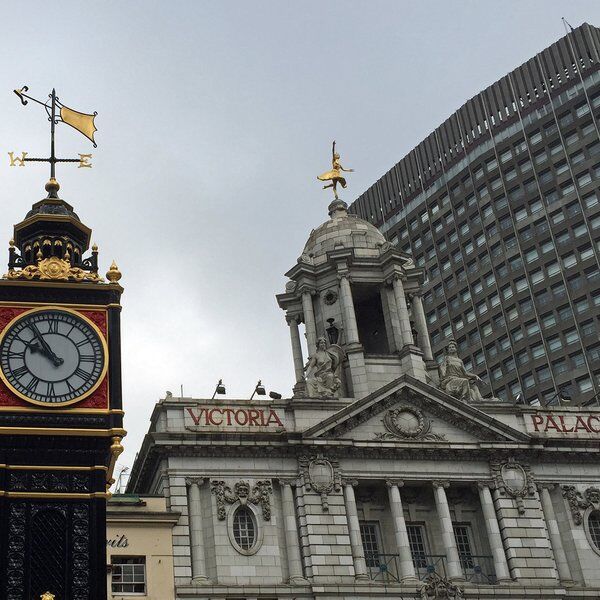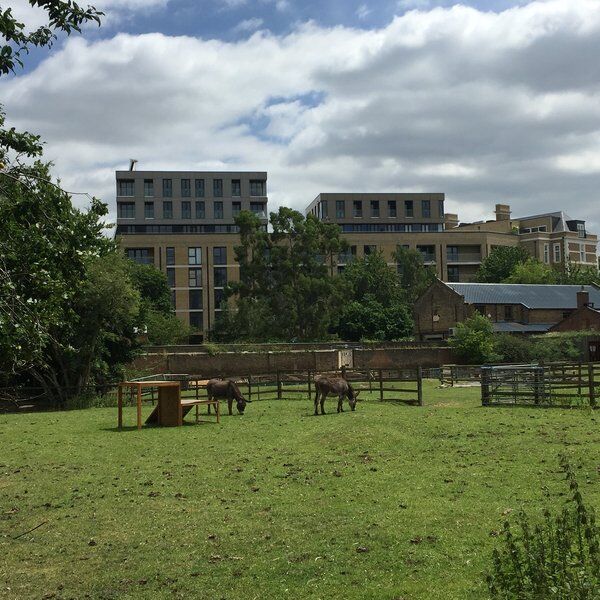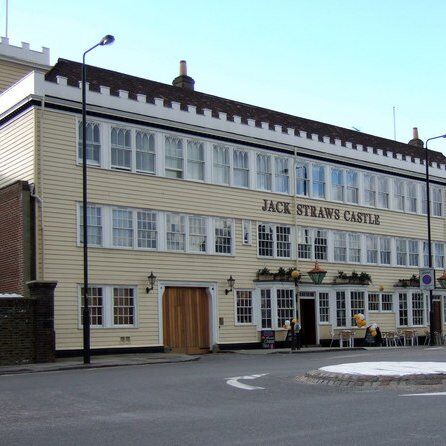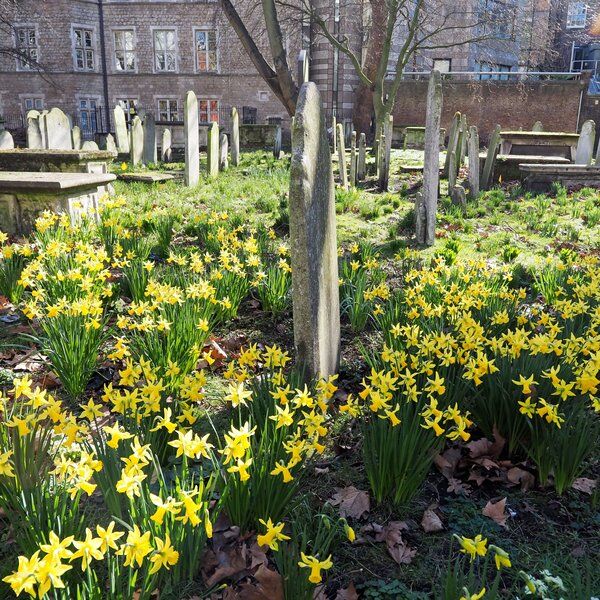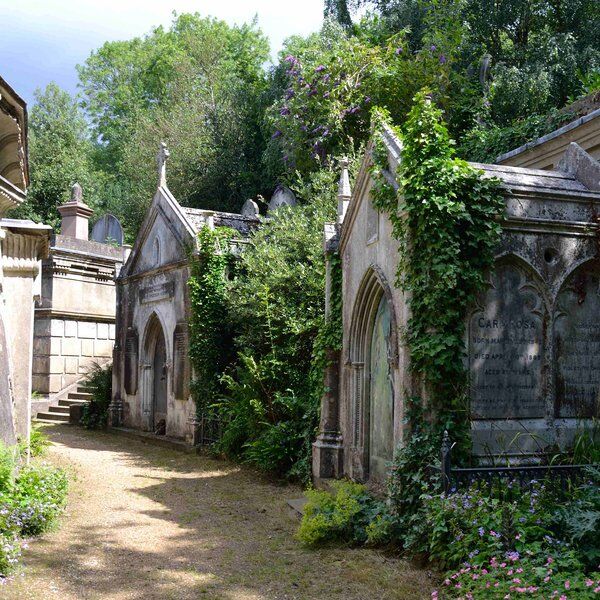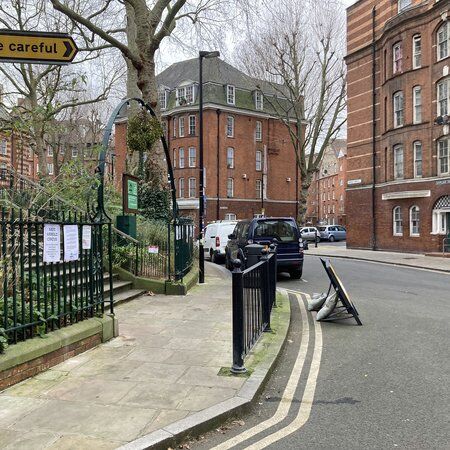
Exploring Arnold Circus in London
Built on the site of the notorious Old Nichol slum, Arnold Circus emerged from the shadows of squalor and despair, thanks to one man’s vision for a better future for London's most impoverished communities.
As the first council housing estate of its kind, the Boundary Estate aimed to provide sanctuary for the "deserving poor," yet it faced many challenges and criticism. Criticism included high rents, which displaced many people.
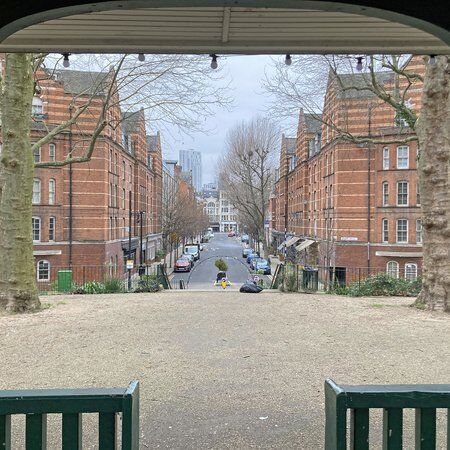
In 2004, The Friends of Arnold Circus, a dedicated community organisation, emerged as champions of the estate's heritage, working to regenerate and preserve its historic bandstand and surrounding gardens.
Today, Arnold Circus and it’s affordable housing schemes, tucked away in Grade-II listed buildings, prevail in a highly sought-after destination. Yet, beneath the surface lies a dark past, marked by poverty, crime, and strife.
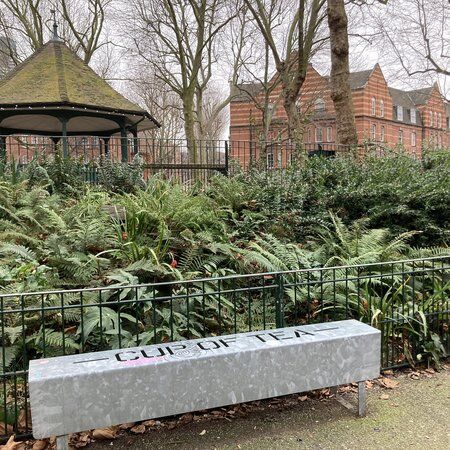
The Origins of Arnold Circus
Before the construction of Arnold Circus, the area was dominated by the Friars Mount slum in the Old Nichol neighbourhood. Originally part of the garden of the Nunnery of St John the Baptist, Holywell, the Old Nichol slum grew rapidly in the 18th century due to the growing population of London’s East End.
By the 19th century, there were nearly 6,000 people crammed into the slum’s packed streets and it had gained a reputation as the worst slum in London by the mid-1800s. Described by Friedrich Engels as a place where entire families crammed into single rooms, the slum became infamous for poverty and crime.
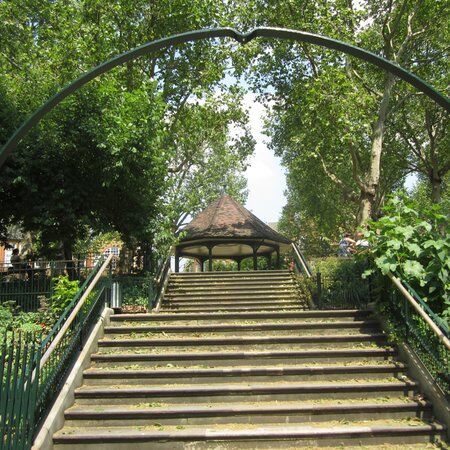
Clearing the Old Nichol Slum
The dire conditions of the Old Nichol caught the attention of figures like Reverend Osborne Jay and writer Arthur Morrison. Reverend Jay's efforts led to the clearance of the slum by the newly formed London County Council (LCC) in 1890 and the raising of £25,000 to build new community amenities. Morrison's book, "A Child of the Jago," shed light on the area's struggles, which helped to sway public opinion.

Creating the Boundary Estate
The clearing of the Old Nichol slum paved the way for the construction of one of London's first council estates, the Boundary Estate. Initiated by the LCC, the project led by architect Owen Fleming aimed to provide decent housing for the city's poorest residents.
Completed in 1900, the red brick Boundary Estate covered 20 blocks, each rising five stories high. The estate's layout featured seven streets spiralling from the central mound constructed from the rubble of demolished slum buildings and the Arnold Circus bandstand, named after Sir Arthur Arnold, Chairman of the LLC. The design ensured good light and air circulation improving living standards and promoting a sense of community among its inhabitants.
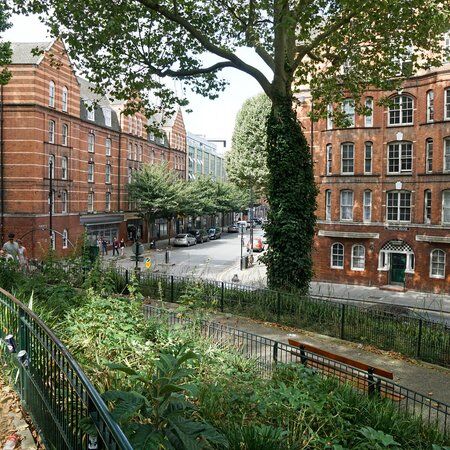
Residents of Arnold Circus
At first the estate's tenants consisted of Jewish immigrants escaping persecution but by the 1970s, the immigrants in the area were predominantly Bengali. The evolution of the Brick Lane mosque, from a church for French Huguenots to a synagogue and eventually a mosque, highlights these changing resident patterns.
Charles Booth's surveys and poverty maps categorised Boundary Estate as "Fairly comfortable". However, the Boundary Estate's success was tarnished by the displacement of the former Old Nichol slum residents.
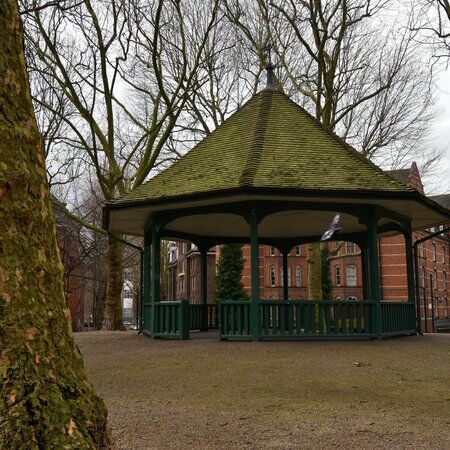
Friends of Arnold Circus
In 2004, a group of concerned citizens noticed the decline of Arnold Circus' gardens and bandstand, prompting them to take action. This led to the formation of the Friends of Arnold Circus (FOAC), a charity dedicated to restoring the park and improving a sense of community.
In order to carry out their restoration plans the FOAC organise a variety of community events and volunteer programmes, such as gardening workshops and music festivals. Funds raised were combined with grants to restore the bandstand and Arnold Circus Gardens in 2010 and both now have a Grade-II listing.
Today the flats, although lacking some modern amenities, remain popular among tenants, and the area has an active community, thanks to the events run by the FOAC.

Explore London with CityDays
Interested in finding more fun things to do in London?
Discover London’s secret sights and noteworthy nooks by playing one of our London treasure and scavenger hunts, food experiences, escape room games or walking tours.
You’ll find curated trails and hunts all over London, including Central London, Mayfair, Shoreditch, Kensington and Southwark.
We also provide team building activities in London that can be made bespoke to include your office, wherever in the capital you are.
All you have to do is team up with your partner, friends, family or colleagues to solve riddles, complete challenges and answer trivia to lead you on an unforgettable journey around London’s most intriguing streets.
The best part? We’ll recommend top-rated pubs, cafés and restaurants and give your team the chance to earn rewards by competing on our leaderboard.
Take the stress out of planning your visit to London and book your adventure today!
Not visiting London this time? Don’t worry, you’ll find us all over the world.
